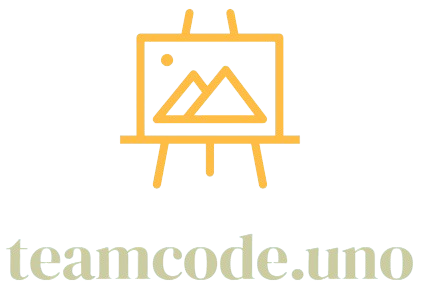The true value of a business conference doesn’t end when the last attendee leaves the venue. In fact, a significant portion of its long-term impact can be realized through the strategic leveraging of post-conference content. By transforming live presentations, discussions, and insights into accessible, shareable assets, organizers can extend the conference’s reach, amplify its message, and provide enduring value to both attendees and those who couldn’t attend. This post-event content strategy is crucial for maximizing ROI and building a sustainable knowledge hub.
Types of Post-Conference Content:
- Session Recordings:
- Full Video Recordings: High-quality video recordings of all keynotes and breakout sessions are the most valuable assets. They allow attendees to revisit sessions they enjoyed, catch up on talks they missed, or review complex topics.
- Audio-Only Podcasts: For those who prefer listening on the go, extract audio from sessions and publish them as a conference podcast series.
- Presentation Slides:
- Downloadable PDFs: Make speaker slides available for download. Many attendees use these as primary reference material.
- Annotated Slides: Encourage speakers to add speaker notes or additional resources to their slides for greater context.
- Summaries & Key Takeaways:
- Blog Posts/Articles: Create concise blog posts summarizing the key insights, trends, and actionable takeaways from popular sessions or overall themes.
- Infographics: Visually distill complex data or trends from sessions into easily digestible infographics.
- Whitepapers/Ebooks: Compile insights from multiple speakers or sessions into a more comprehensive thought leadership piece.
- Speaker Interviews & Q&As:
- Short Video Interviews: Conduct brief interviews with speakers on specific topics or their key messages, either on-site or virtually post-event.
- Written Q&A Transcripts: Publish transcribed Q&A sessions from popular talks.
- Attendee Generated Content:
- Social Media Compilation: Curate the best tweets, LinkedIn posts, and photos using the event hashtag.
- Attendee Testimonials: Feature video or written testimonials from satisfied attendees.
- Crowdsourced Notes: If an open-source note-taking system was used during the event, share these collaborative notes.
- Photo & Video Galleries:
- Event Photo Album: A curated collection of high-quality photos capturing the atmosphere, speakers, and networking.
- Highlight Reel Video: A dynamic, short video showcasing the best moments, key speakers, and general energy of the conference.
Strategic Distribution and Promotion:
- Dedicated Content Hub: Create a specific section on your website or a dedicated microsite to host all post-conference content, making it easy to navigate and search.
- Email Campaigns: Send targeted emails to attendees (with exclusive access) and non-attendees (to promote new content and drive registrations for future events).
- Social Media Promotion: Regularly share snippets, highlights, and links to the content across all relevant social media platforms using the event hashtag.
- Speaker Amplification: Encourage speakers to share their own session recordings and slides on their personal and company channels.
- Partnerships: Collaborate with sponsors or media partners to cross-promote content to their audiences.
- ** evergreen Content Strategy:** Identify content that remains relevant for a longer period and continue to promote it months after the event.
By investing in a robust post-conference content strategy, organizers can transform a transient event into a lasting educational resource and a powerful marketing tool. It not only enhances the perceived value for current attendees but also serves as a compelling lead magnet for future participants, solidifying the conference’s reputation as a vital industry knowledge hub. The post-event phase is where the true, long-term ROI of a conference is often secured.


Leave a Reply